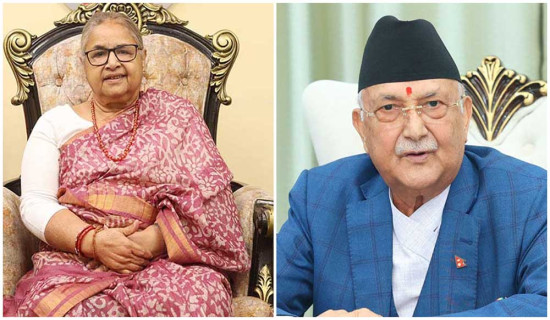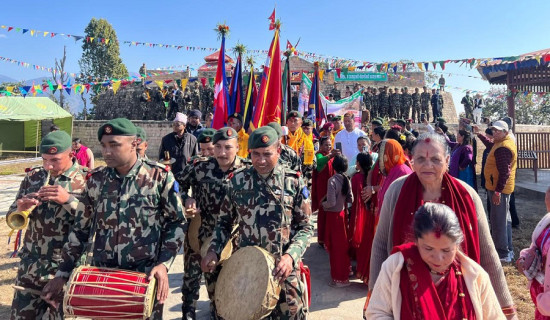- Friday, 9 January 2026
Rehabilitate Ex-Kamaiyas
The Kamaiya (bonded labour) system was formally abolished by Nepal government in 2000. The Bonded Labour Prohibition Act 2002 was enacted to make provisions in order to put a ban on the system, rehabilitate them and improve their livelihoods, thereby ensuring social justice to them. This decision came after years of unwavering advocacy and struggles by leaders and activists of Tharu community and pressure from human rights organisations at home and abroad. Kamaiya and Kamlahari system amounted to modern-day slavery. It had been one of the most inhumane practices wherein Tharu labourers were exploited without even paying them enough for subsistence.
In the districts of western Nepal, such as Dang, Banke, and Bardiya, the entire Tharu families worked as Kamaiya and Kamlari in the houses of landlords, they were deprived of basic human rights they were entitled to. The successive governments have seemed to be indifferent to the rehabilitation of emancipated bonded labourers. Many of them don’t have the land of their own and have been impelled to dwell in the public lands with the constant threats of being displaced any time. They have lost opportunity to study and get employment and other facilities provided by the state.
The emancipation of Kamaiyas has gone into the history as a testament to resilience and fighting against exploitation for generations of the Tharu community at the hands of landlords. The marginalised community continues to suffer in different forms even today. The government has not done enough for their proper resettlement even 24 years after they were set free.
On the 24th anniversary of their emancipation, the Freed Kamaiya Women Development Forum has demanded momentum in the resettlement process for the remaining 2,375 families out of the total 27,570 families. This process has not progressed since the formation of local governments. Additionally, they have demanded the implementation of programmes for the resettlement and livelihood of all Kamlaris. The forum has also urged the government to approve and implement the working procedure prepared in 2022 for the resettlement of freed Kamaiyas, Kamlaris and Haliyas, Haruwas Charuwas.
This system, rooted in feudal practices, saw generations of bonded labourers working for landlords to repay debts, with little hope of liberation. The emancipation of Kamaiyas marks a significant chapter in the country's socio-economic history, symbolising a leap forward towards human rights and social justice. For their rehabilitation, the government should provide them the land for their resettlement, prioritise the education of the children of the Tharu community, create employment opportunities and empower them by providing various income generating skills.
A lack of skills, education, and resources has left many former Kamaiyas high and dry. They are still struggling to find gainful employment to support their families. If we are to rehabilitate them in a sustainable manner, the Bonded Labour Prohibition Act, 2002 should be implemented in letter and spirit without any further delay. By doing so, the government sends a message that it is committed to their welfare and wellbeing. Given that the constitution has stipulated at least 31 fundamental rights, the ex-Kamiyas have every right to live a decent and dignified life.

















